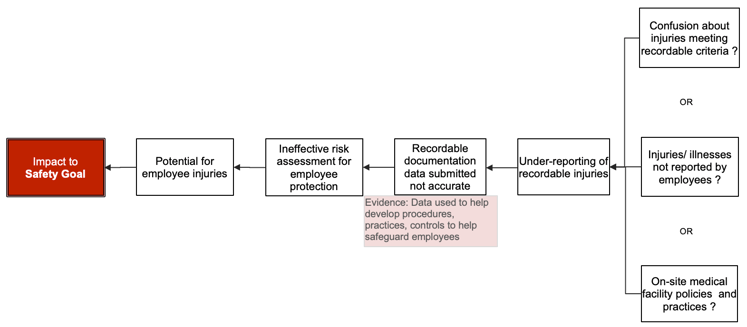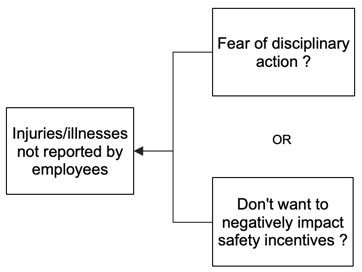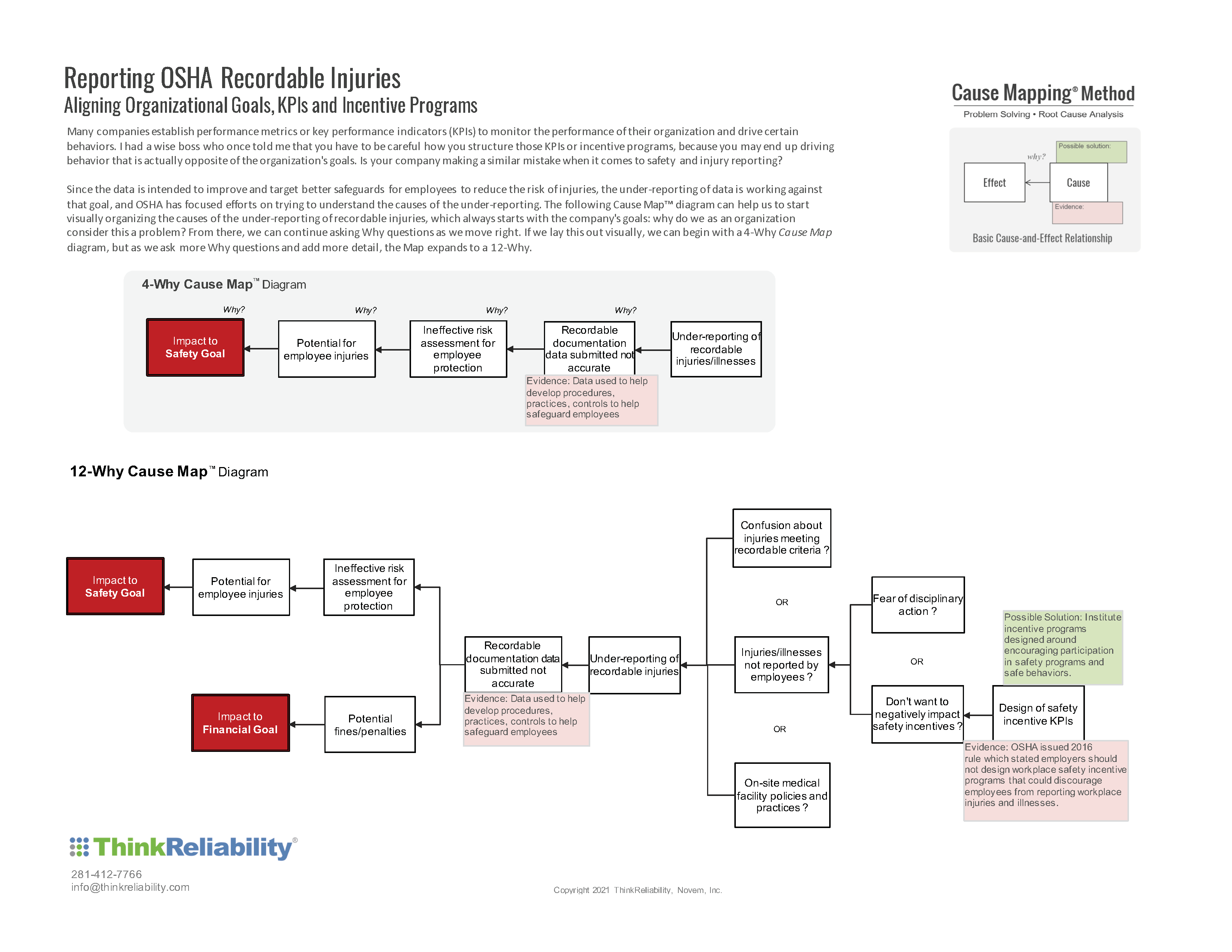Many companies establish performance metrics or key performance indicators (KPIs) to monitor the performance of their organization and drive certain behaviors. I had a wise boss who once told me that you have to be careful how you structure those KPIs or incentive programs, because you may end up driving behavior that is actually opposite of the organization's goals.
The example he provided was a parent providing monetary incentives to "encourage" their children to participate in the training of the family puppy. The incentive program was structured such that the children were given $1 to walk the puppy—the goal being that walking the puppy would reduce the potential of it having an accident in the house. However, the children were also given a separate incentive for a potentially less appealing task, which was $5 to clean up any accident the puppy had in the house. Do you think the structure of that incentive program was designed to encourage behavior that would support the goal of getting the puppy house trained?
Is your company making a similar mistake when it comes to safety and injury reporting? We are approaching the March 2 filing deadline for reporting OSHA recordable injuries for the previous year 2020 (OSHA 300A Log). This documentation requirement has been in place for more 50 years, originally issued in July 1971, yet there have been numerous studies and audits that would indicate there is still widespread under-reporting of recordable work-related injuries.
In response to these studies, OSHA performed 576 NEP (National Emphasis Program) inspections of 405 establishments between 2009 and 2012. OSHA's inspections provided confirmation of the data, identifying that 66 percent of the facilities failed to comply with injury and illness record keeping requirements. Since the data is intended to improve and target better safeguards for employees to reduce the risk of injuries, the under-reporting of data is working against that goal, and OSHA has focused efforts on trying to understand the causes of the under-reporting.
The following Cause Map™ diagram can help us to start visually organizing the causes of the under-reporting of recordable injuries, which always starts with the company's goals: why do we as an organization consider this a problem? From there, we can continue asking Why questions as we move right. If we lay this out visually, a 4-Why may look like this:

There are several possible causes of under-reporting:
- Confusion about recordable criteria,
- Injuries/illnesses not reported by employees or
- On-site medical practices and policies intended to keep recordable injuries "off the books.”

While all of these causes are worth understanding and reviewing for possible solutions, the one I wanted to highlight, which ties back to my point about KPIs and incentive programs, is the "Injuries and illnesses not reported by employees.” OSHA has reported that the design of safety incentive programs and the potential for discipline are two possible reasons that employees do not report injuries.

OSHA considered these possible causes to be so prevalent, that they issued "2016 Improve Tracking of Workplace Injuries and Illnesses Final Rule,” stating that employers should design safety incentive programs such that employees are not discouraged from reporting injuries. OSHA recognized that the design of the incentive programs may actually produce behaviors that are counter to the goal of reducing injuries and conditions that lead to injuries.
Reflect back on our puppy training example. If your safety incentive program ties a monetary benefit, say a bonus, to achieving zero recordable injuries for the month or the year, does that encourage or discourage reporting? Are you actually encouraging safe behaviors or just discouraging reporting of injuries? Click on the thumbnail below to download the PDF showing how the 4-Why expands into a 12-Why Cause Map diagram.
Design the KPIs or incentives that drive the behaviors that align with and support the company's safety goal, which is to reduce the risk of injuries to employees. OSHA would recommend, as solutions, incentive programs that are designed around encouraging participation in safety programs and safe behaviors:
- KPIs that encourage reporting and responding to near misses (minimum reporting vs. maximum reporting for near misses),
- KPIs that track participation and completion of safety audits,
- KPIs that track completion of safety training,
- KPIs that track compliance with safety practices, etc.












